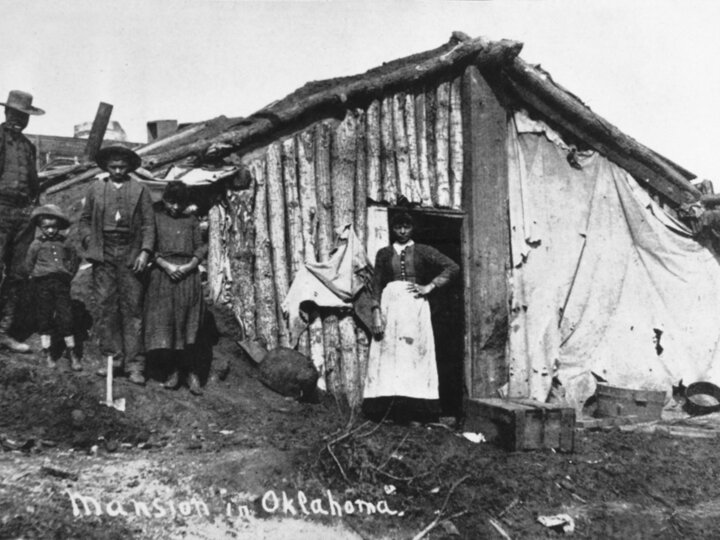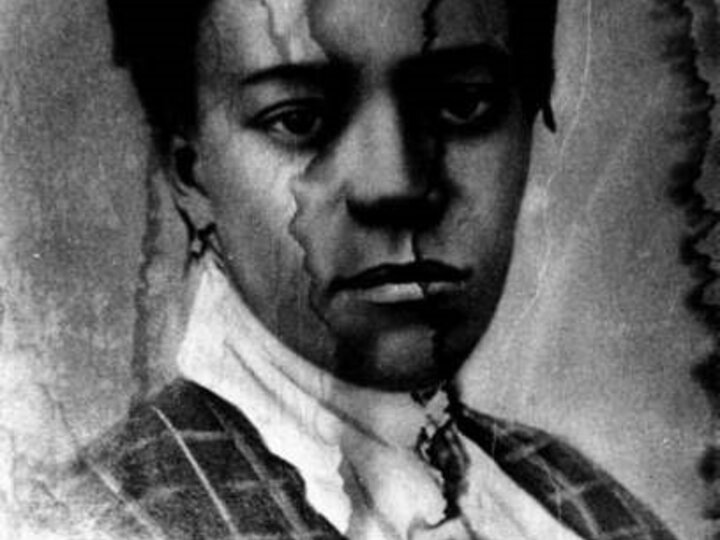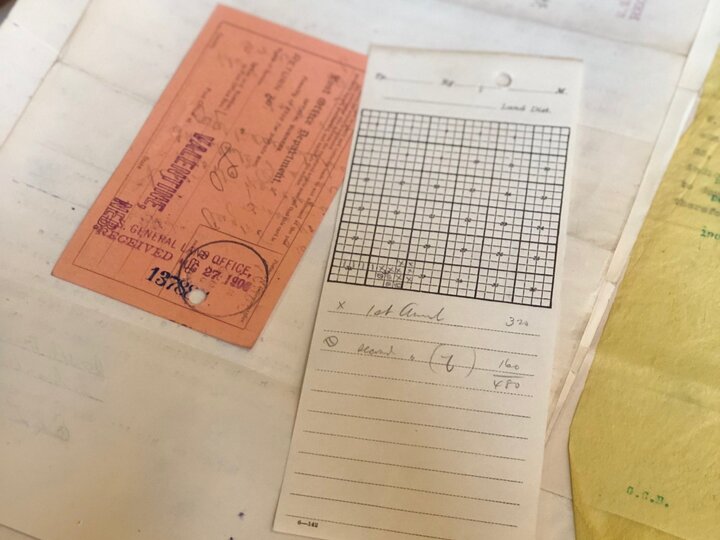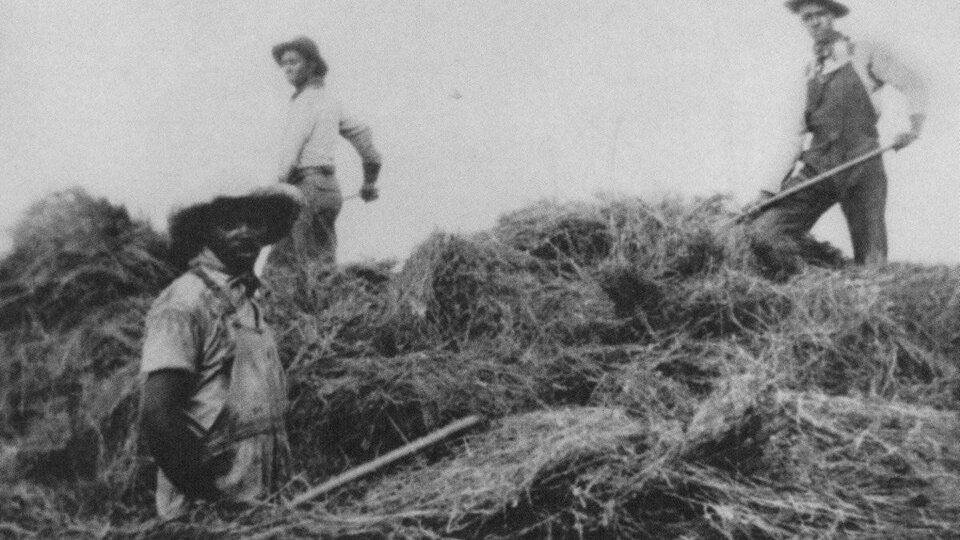Homesteading was a central feature of the Euro American, African American, and immigrant settlement of the Great Plains. Homesteading was open to male citizens over 21, war veterans of any age, widows and single women, married women who were heads of households, and new immigrants if they simply affirmed their intention to become citizens. When an 1866 civil rights act clarified that Black people were citizens, African Americans could and did homestead.
This project seeks to learn, preserve, and disseminate the story of African Americans who homesteaded in the Great Plains. The project is a collaborative effort with Nicodemus National Historic Site and the Homestead National Historical Park and is partially funded by the National Park Service.
The project is producing a general survey of Black homesteaders in eight states: Montana, New Mexico, North Dakota, South Dakota, Wyoming, Nebraska, Kansas, Colorado. The research will create the first extensive database of black homesteaders in these states. The project also focuses on six important Black homesteading communities or ‘colonies’: Blackdom, NM; Nicodemus, KS; DeWitty, NE; Empire, WY; Dearfield, CO; and Sully County, SD. They are the largest and longest-lived communities in each state. A new section of the project will focus on Oklahoma.
Ongoing research
Oklahoma Project
The Oklahoma Black Homesteader Project (OBHP) seeks to recover, reevaluate, and reclaim histories of rural African Americans in Oklahoma Territory pre-statehood (1907) and beyond. Between 1889-1907, thousands of African Americans emigrated into the Oklahoma district of Indian Territory in search of the freedom to exist outside Jim Crow policies and “Black Codes” that limited civil liberties and rights in other parts of the U.S.
Many of the individuals and families who relocated formed tight-knit, all-Black communities in areas inside and outside of newly established townships. These homesteading communities served as glimpses into the possibilities of equality and autonomy. While there are many examples of successful relocation, hundreds of new Black residents were also prevented from remaining on their claims due to very little capital or political power and persistent anti-Black racism in what soon became an increasingly hostile and unwelcoming racialized environment. The OBHP hopes to foster complex and rich conversations about how the history of Oklahoma is connected to the promises and ideals of Black freedom locally and nationwide.
The OBHP will serve as a digital archive of census data, maps, visual guides, oral histories, narratives, and scholarship chronicling this period in American history.
Oklahoma Project
National Park Service research
The project is a collaborative effort with Nicodemus National Historic Site and the Homestead National Historical Park and is partially funded by the National Park Service. Visit this page to see all the research, stories, and data on Black homesteaders compiled for the National Park Service.
The goal of the Center's project is to make available data and other resources on homesteading to scholars and to provide an accurate and authentic narrative of the homesteading experience. Richard Edwards, former Center Director, and Mikal Eckstrom, Post-Doctoral Researcher, spoke on their research about African American homesteaders in the Great Plains with Dr. Deanda Johnson, National Park Service, and Dr. Jeannette Jones, UNL history department.
Read about the project in this Washington Post op/ed piece.
NPS site
Black homesteading research
Published research:
- The First Migrants: How Black Homesteaders’ Quest for Land and Freedom Heralded America’s Great Migration by Richard Edwards and Jacob K. Friefeld
- "African Americans and the Southern Homestead Act,” Richard Edwards, Great Plains Quarterly 39.2 (Spring, 2019)
- “African American Homesteader ‘Colonies’ in the Settling of the Great Plains,” Richard Edwards, Mikal Eckstrom, and Jacob K. Friefeld, Great Plains Quarterly 39.1 (Winter, 2019)
- “DeWitty and Black Homesteading in Nebraska,” Mikal Eckstrom and Richard Edwards, Great Plains Quarterly 38:3 (Fall, 2018).
- “New Evidence on the Number of Black Homesteaders in the Great Plains,” Richard Edwards, Jacob K. Friefeld, Mikal Eckstrom, and Richard Edwards, Great Plains Quarterly (Summer 39.3 Summer).

